High-Speed Communications White Papers

ABSTRACT
In the GB/s regime, accurate modeling of conductor loss and phase delay is a precursor to successful high-speed serial link designs. In this paper, a practical method to model effective permittivity and phase delay, due to conductor surface roughness, is presented. By obtaining the dielectric and roughness parameters, solely from manufacturers’ data sheets, phase delay and effective permittivity can now be easily predicted. Detailed case studies and several examples test the model`s accuracy.
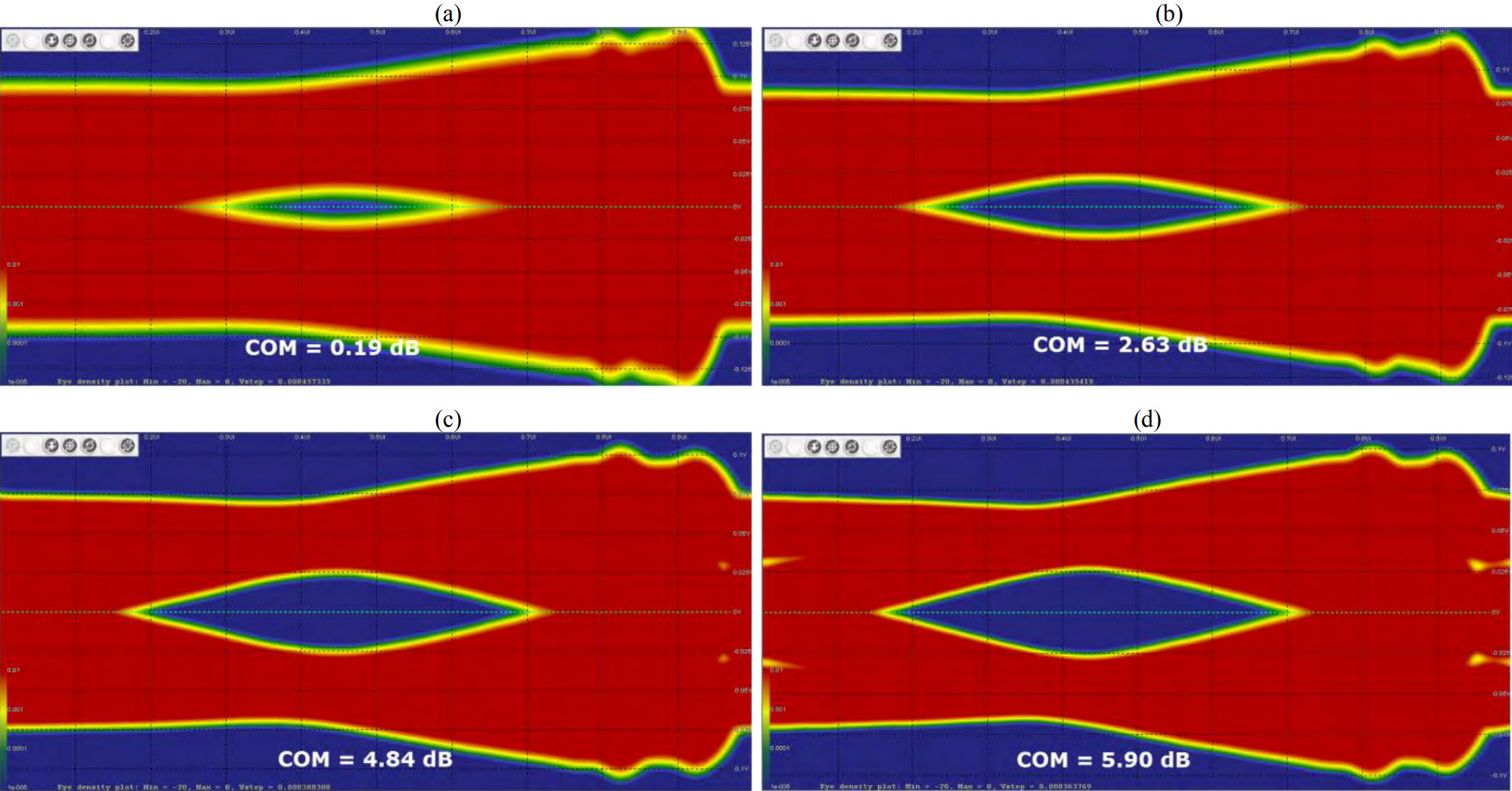
- Cristian Filip, Mentor Graphics
- Chuck Ferry, Mentor Graphics
- Alfred P. Neves, Wild River Technology
- Vladimir Dmitriev-Zdorov, Mentor Graphics
ABSTRACT
We analyze the computational procedure specified for Channel Operation Margin (COM) and compare it to traditional statistical eye/BER analysis. There are a number of differences between the two approaches, ranging from how they perform channel characterization, to how they consider Tx and Rx noise and apply termination, to the differences between numerical procedures employed to convert given jitter and crosstalk responses into the vertical distribution characterizing eye diagrams and BER. We show that depending on the channel COM may potentially overestimate the effect of crosstalk and, depending on a number of factors, over- or underestimate the effect of transmit jitter, especially when the channel operates at the rate limits. We propose a modification to the COM procedure that eliminates these problems without considerable work increase.
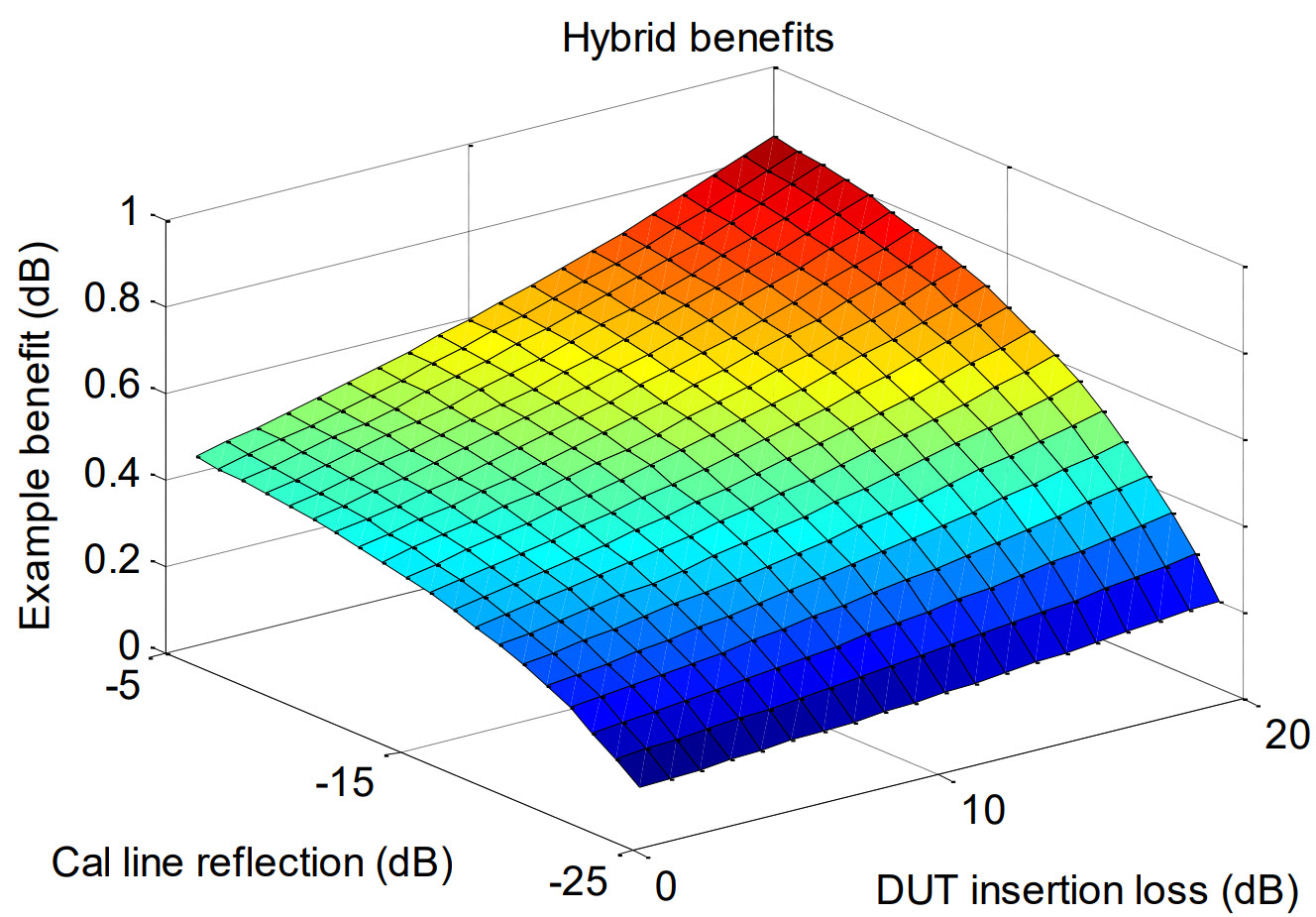
-
Jim Bell and Al Neves, Wild River Technology
- Bob Buxton and Jon Martens, Anritsu Company
- Josiah Bartlett, Tektronix

Robust Method for Addressing 12 Gbps Interoperability for High-Loss and Crosstalk-Aggressed Channels
-
James Bell, Wild River Technology
- Alan Blankman
- Alfred Neves, Wild River Technology
- George Noh
- Martin Spadaro
ABSTRACT
This paper addresses a new methodology for 12 Gbps interoperability that combines a concerted family of pathological channels, internal eye monitoring, and external EQ simulation tools, providing insight into an EQ optimization strategy that addresses the specific channel’s mix of crosstalk noise, jitter, and channel loss. This also provides a backplane designer the ability to configure a high-loss, crosstalk aggressed system. The method, combining co-simulation channel optimization, a reconfigurable channel platform, and receiver eye monitoring, has two key benefits; the separation of channel eye opening versus un-equalizable Deterministic Jitter (Dj), and the capability to map loss-crosstalk space for a particular SERDES channel pair, a new concept in SERDES interoperability evaluation. The method is described in detail, followed by relevant case examples using hardware specifically designed for this endeavor. Finally, we compare eye monitor results with the original co-simulation, validating the method.
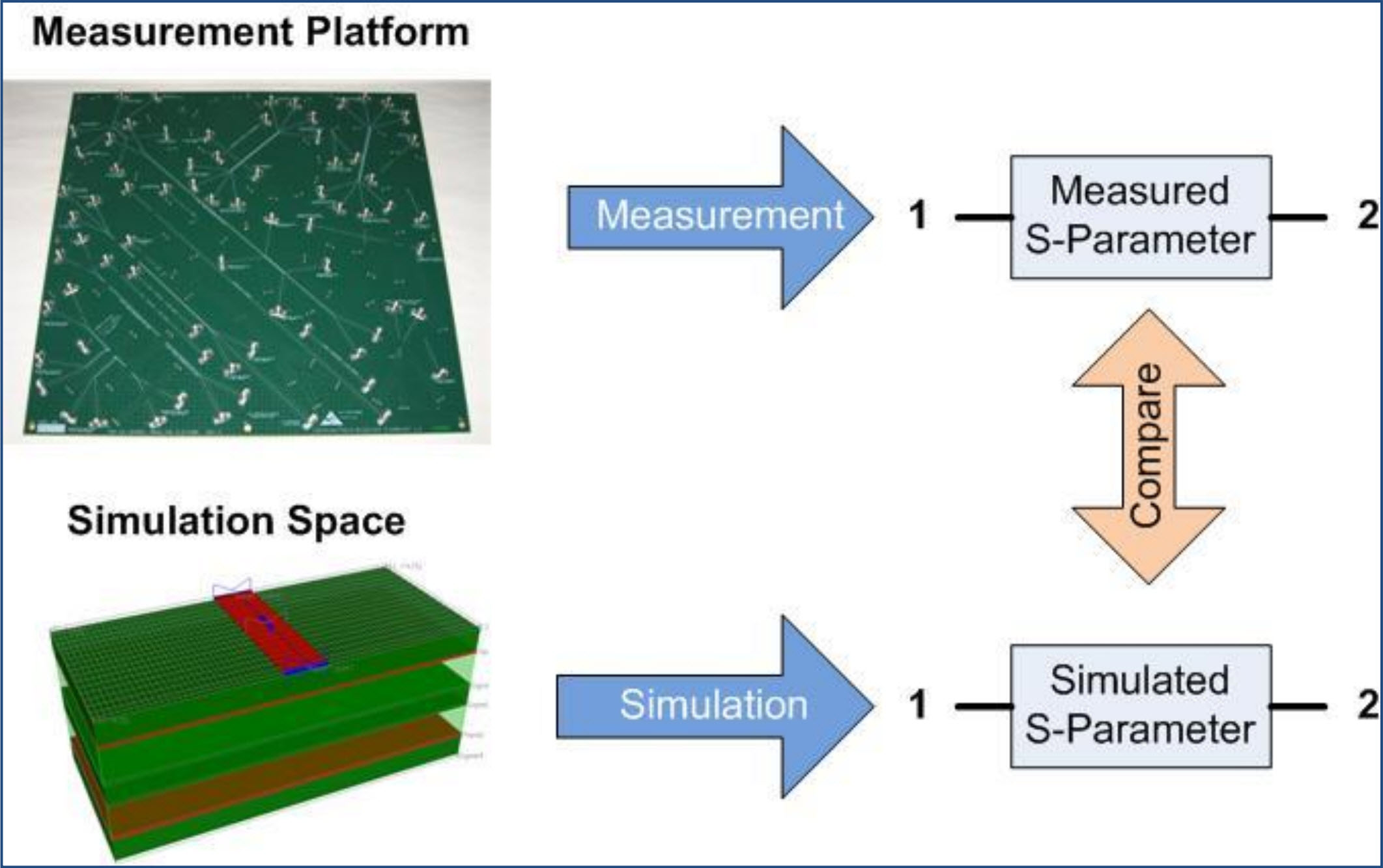
- James Bell
- Scott McMorrow
- Martin Miller
- Alfred Neves
ABSTRACT
As serial link speeds increase, systems become more “Stressed”. Loss, low probability deterministic jitter, crosstalk aggression from densely packed signal nets, via and connector impedance and associated resonances, and package and power delivery issues all add their own jitter density function, resulting in a net jitter picture that is inherently complicated. This paper represents a rigorous and practical crosstalk analysis of 10Gbps and higher serial data transmission systems, which will begin at pre-layout 3D EM extraction, continue with the material parameters identification and post-layout analysis and end with direct jitter measurement and separation. We believe this is one of the timeliest of topics in signal integrity at the present time.

-
Martin Schauer
- Alfred Neves
- Tom Dagostino
- Scott McMorrow
ABSTRACT
Frequency-domain 3D Electromagnetic modeling approaches always have the potentialFrequency-domain 3D Electromagnetic modeling approaches always have the potentialf or causality and passivity violation issues, especially when applied to greater than 20Gbsec data rates applications: initial applications for 3D Electromagnetic modeling methods were only used in low bandwidth frequency-domain microwave designs.A new and inherently passive and causal time-domain oriented approach for 3D Electromagnetic modeling is introduced in detail. The authors show specific advantages of this approach for baseband-NRZ very high-speed backplanes, interconnects, and general board design for digital systems. Selecting the correct loss model will be included and the model results will be compared to actual measurements to 20 GHz using a testboard specifically designed for this presentation.

-
Yuriy Shlepnev
- Alfred Neves
- Tom Dagostino
- Scott McMorrow
ABSTRACT
A novel method for extraction of dispersive dielectric parameters to 50 GHz is proposed. The method doesn’t require advanced de-embedding, and is based on correlation of measured and simulated generalized modal S-parameters of a line segment. First, VNA measurements for two line segments are made and used to compute generalized S-parameters of a difference segment. Second, 3D full-wave model of the difference segment with conductor model with roughness is used to identify the dielectric properties. We finalize the paper with the derivation of dielectric models for low-cost FR4-type and for expensive low-loss high-frequency materials. The advanced models can be used for practical electromagnetic analysis of interconnects for the 6-100 Gb/s realm..

Measurement-Assisted Electromagnetic Extraction of Interconnect Parameters on Low-Cost FR-4 Boards for 6-20 Gb/sec Applications
-
Yuriy Shlepnev
- Alfred Neves
- Tom Dagostino
- Scott McMorrow
ABSTRACT
Design of interconnects on PCBs for 6-10 Gb/s data rates requires electromagnetic models from DC up to 20 GHz. Manufacturers of low-cost FR-4 PCBs typically provide values for dielectric constant and loss tangent either at one frequency or without specifying frequency value at all, that is not acceptable for the broad-band models. A simple and practical methodology to extract frequency-dependent dielectric parameters on the base of correlation of measurements and simulations is proposed. A board with 30 test structures has been built to validate the extraction methodology and to verify possibilities to predict interconnect parameters with the electromagnetic analysis.
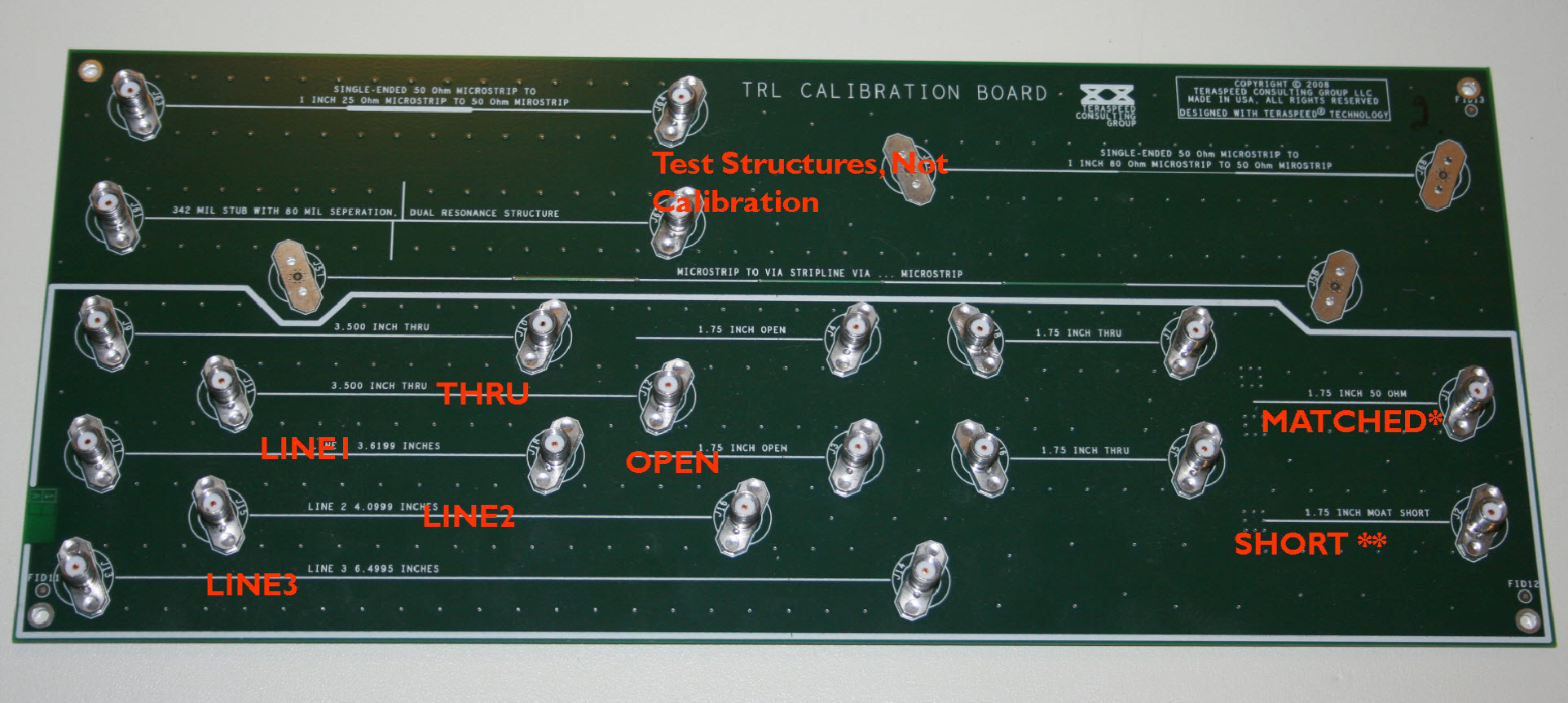
- Alfred Neves
- Tom Dagostino
AGENDA
- Calibrate and De-Embedding Concepts
- Selecting a Suitable Measurement Approach
- Examples of SOLT and TRL measurements
- Creating a TRL calibration kit
- Measurements of Calibration Accuracy
- Examples of 3D field solver measure-based correspondence
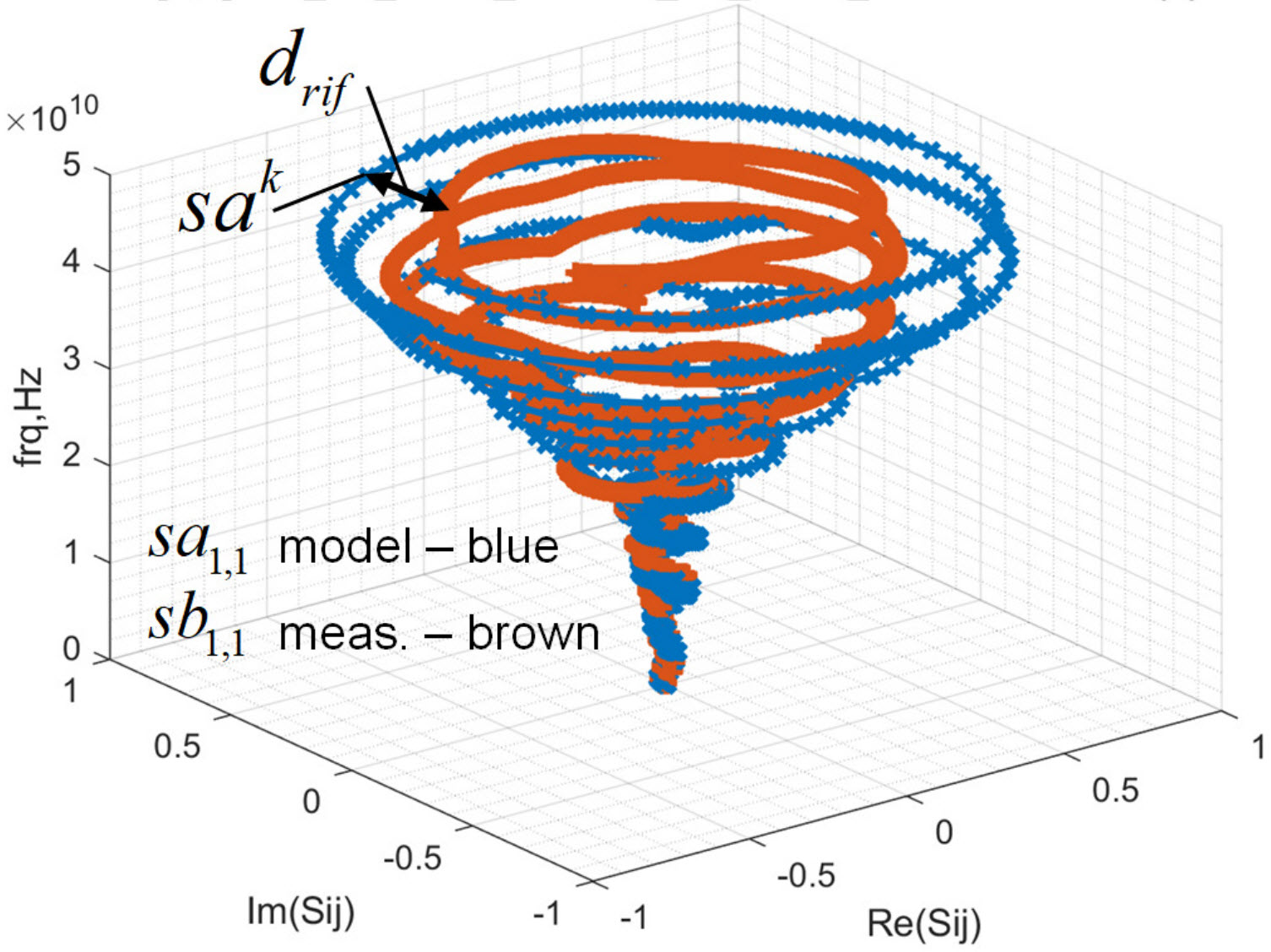
- Yuriy Shlepnev
ABSTRACT
A new similarity measure for two sets of S-parameters is proposed. It is constructed with the modified Hausdorff distance applied to S-parameter points in 3D space with real, imaginary and normalized frequency axes. New S-parameters similarity measure facilitates automation of the analysis to measurement validation, comparison of models and measurements obtained with different tools, as well as finding similar S-parameter models or similar elements within S-matrices.

